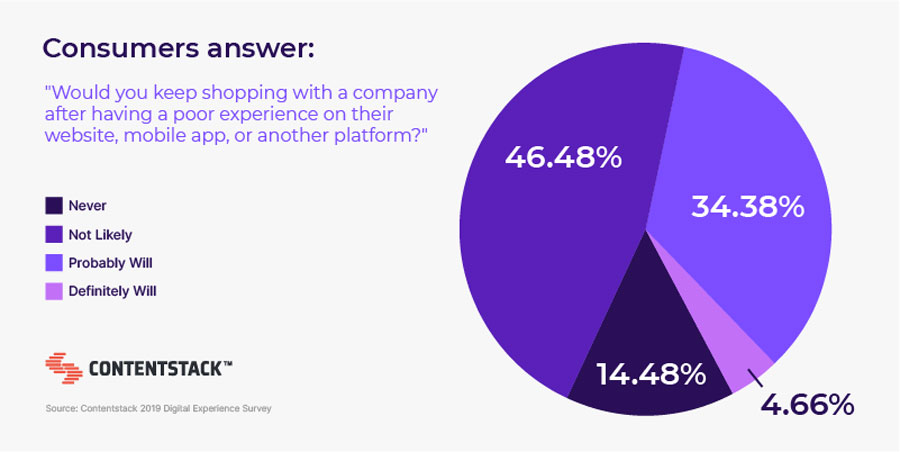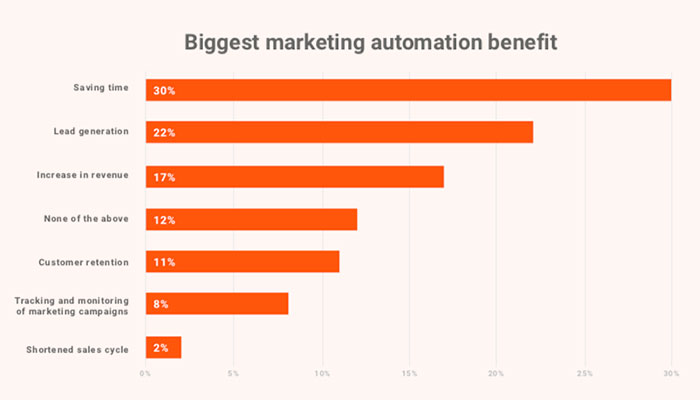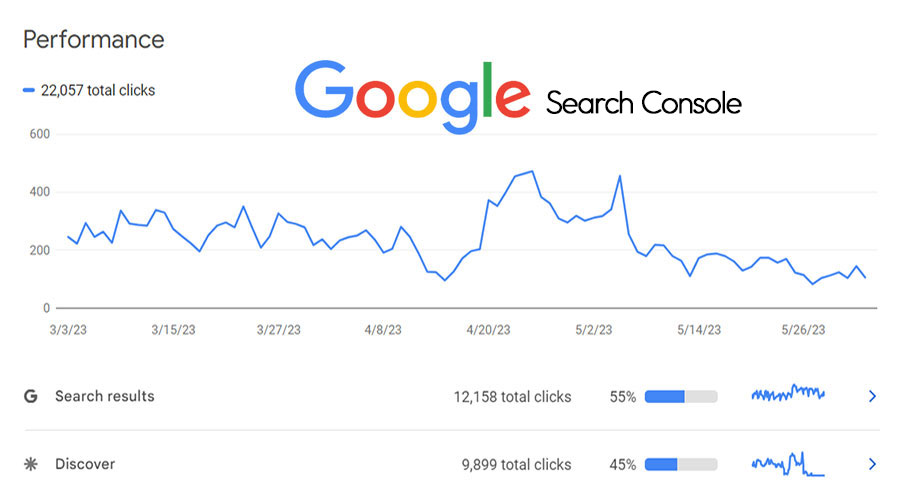Over 100,000 marketers in our community! Let's talk about your technology and marketing events/webinars in our community. Learn More
Complete Guide to Omnichannel Marketing
Originally published: February 14, 2022 01:14:26 PM, updated: November 19, 2022 12:00:00 AM

Many organizations will use omnichannel marketing as one of the digital marketing trends to obtain a competitive advantage over their competitors and create a seamless purchasing experience. It's a multi-channel strategy that integrates all of your company's communication channels to improve service quality. You can meet your clients where they are and provide them with a customized experience across all channels if you use numerous communication channels.
To utilize cross-channel marketing, one must develop their brand's presence across numerous digital portals such as websites, apps, social media, email, WhatsApp, customer care centers, retail stores, and events.
According to recent data from "Think with Google," omnichannel initiatives account for over 80% of consumer in-store visits. Furthermore, according to studies, up to 74 percent of shoppers perform internet research before visiting a physical store. So, if you want to attract and retain customers, now is the time to improve your omnichannel approach.
Importance of omnichannel marketing
Omnichannel marketing is critical because it enables you to provide a pleasant customer experience at every step of your lifecycle, reduce churn, and drive and maintain a favorable brand reputation.
Let's have a look at an example. Consider this scenario: you've had a long day at work and want to grab a cup of coffee before heading home. You know your favorite coffee shop will be packed in the evening, but you don't have the energy to wait in line. Wouldn't it be great if the coffee shop had an app that allowed you to pre-purchase coffee so you could go in, pick up your order, and leave? That is just what Starbucks has done. It has simplified the customer's ordering and payment processes. Their mobile payments account for 29% of their total transactions. Through omnichannel technology, Starbucks improved the customer experience and increased revenue.

How to build an omnichannel marketing strategy?
Consider how Disney developed a flawless omnichannel marketing approach to enhance visitors' experiences at their theme parks. Disney has made it easier for tourists to schedule their accommodation, check ride timings, book tickets, and more without having to wait in a large line. To develop such an omnichannel experience, you'll require a well-thought-out omnichannel marketing strategy.
Here are some options:
Plan the customer's experience - Create a clear plan for how you want the experience to flow across all touchpoints by understanding their channels and their behavior across all channels.

When strategizing, use facts as a foundation - You will know how your customer behaves and may design a solution to address their difficulties using CRM data, social listening data, and customers' internet search behavior. By utilizing data effectively, you may even cut churn.
Segment users and customize the journey - After analyzing the data, you can quickly categorize users into different groups based on similar behaviors. This will assist you in creating unique journeys for each consumer type.
Get the context correct - The context is the most critical aspect of an omnichannel marketing approach. Make sure your message's context is relevant to the user, and deliver it to them when they are most engaged and on the channel where they engage the most. Your users will be discouraged from engaging with you if you send the wrong message to the wrong audience at the wrong time.
Choose the correct marketing automation tools - From conception to implementation, use the right marketing tools to implement your strategy. Before deciding on the best one, conduct a comprehensive investigation.

Make your company more customer-focused - This is a critical stage because no plan or marketing tool can work unless your personnel is taught to provide a consistent experience to clients.
What is omnichannel attribution?
Which channel should get credit for the conversion in a world with several touchpoints? Marketers commonly use multi-touch attribution and media mix modeling (MMM) to figure out what led to a conversion. However, these models aren't ideal. Without the proper attribution strategy in place, marketers may find it impossible to respond.
- MMM: Media Mix Modeling only considers long-term aggregate data, not individual insights. While this enables marketers to monitor the impact of a campaign on conversions as well as historical trends, such as times of the year when shoppers engage more or less, it does not provide insight into individual preferences. MMM also uses data from some years ago, so teams can't use it to optimize ads in real-time.
- MTA: Multi-touch attribution (MTA) provides granular, person-level data in real-time across all touchpoints. After the data has been reviewed, teams can utilize it to make real-time changes to campaigns to better respond to customer needs. The difficulty with multi-touch attribution is determining how much credit should be given to each touchpoint for a conversion. Was the webinar or the email campaign, for example, more effective in influencing the consumer to convert?

Attribution models no longer rely on antiquated methods and may now provide a more comprehensive view of the marketing funnel and buyer's journey. Omnichannel attribution eliminates silos between campaign measurements to understand each touchpoint's role in the journey, just as omnichannel approaches mix online and physical channels.
Brands may use omnichannel attribution to correlate online and offline measures and gain access to both individual-level insights and aggregate, historical shopper trends, which has several advantages.
Benefits of omnichannel marketing
Increases engagement
Customers want consistent interactions across all channels of a business, according to 90% of customers. Omnichannel marketing makes this feasible, which reaches customers wherever they are.
Customer involvement rises both online and offline with omnichannel marketing. According to a Harvard Business Review survey of 46,000 shoppers, multi-channel marketing customers spent 4% more in stores and 10% more online than single-channel marketing customers. Customers who used more than four channels spent 9% more in the store than customers who only used one.
Increases the return on investment

According to Salesforce data, 78% of customers will return to organizations that provide good service regardless of the channel. Customers will return for the heightened engagement and improved customer experience they obtained from omnichannel marketing, resulting in a proportionately higher ROI.
Allows you to comprehend the customer journey
Your organization will use data to learn their preferences, what they've clicked on, and bounce rates via cross-channel marketing. Understanding consumer behavior will help you build relationships and provide a better customer experience. A customer experience map provides more personalized communication and marketing for customers.
How can I use omnichannel marketing for my business?
You've made up your mind that omnichannel marketing is the way to go for your company. So, what's next?
Take a step back and assess your customer segments before you begin. What are the most common routes through which they communicate with businesses? Work backward from your converted leads to determine where these conversions occurred, and you'll have a better sense of what types of customers are coming from which locations. Your existing channels may also provide some information.
Setting up various communication channels with your customers is the first step in omnichannel marketing. Websites, email newsletters, blogs, smartphone applications, and a variety of social media platforms are some ideas for eCommerce enterprises.
Consider how those channels will work together to provide an integrated experience to be dubbed "omnichannel." Your blog, for example, could discuss the various use cases of your product, while your email newsletter keeps clients informed about discounts and special offers. Feel free to utilize each channel for purposes other than what it was designed for. Take a page from Nike's playbook and create a mobile app that effortlessly supports in-store sales.
Finally, don't overlook the channels you already have and work to improve them in order to increase click-through rates and on-the-spot transactions. You should try to reduce the number of steps a consumer has to go through to find what they're looking for. For example, upgrading your landing page to increase leads or collecting consumer feedback to discover weak places in your current marketing strategy are both examples of this.
Using a form builder, you can create feedback stages within your website, allowing for a two-way communication path between your brand and your customers. Form builders can also help collect feedback after a purchase has been made.
Join over 100,000 SEO and Google Ads experts. We provide a community to help you engage and learn from industry experts and influencers. Join Now
Get Media Coverage for Your Business!
Get published on Google News, AP News, Benzinga, over 100+ NBC, FOX, ABC & CBS affiliate sites and more.



